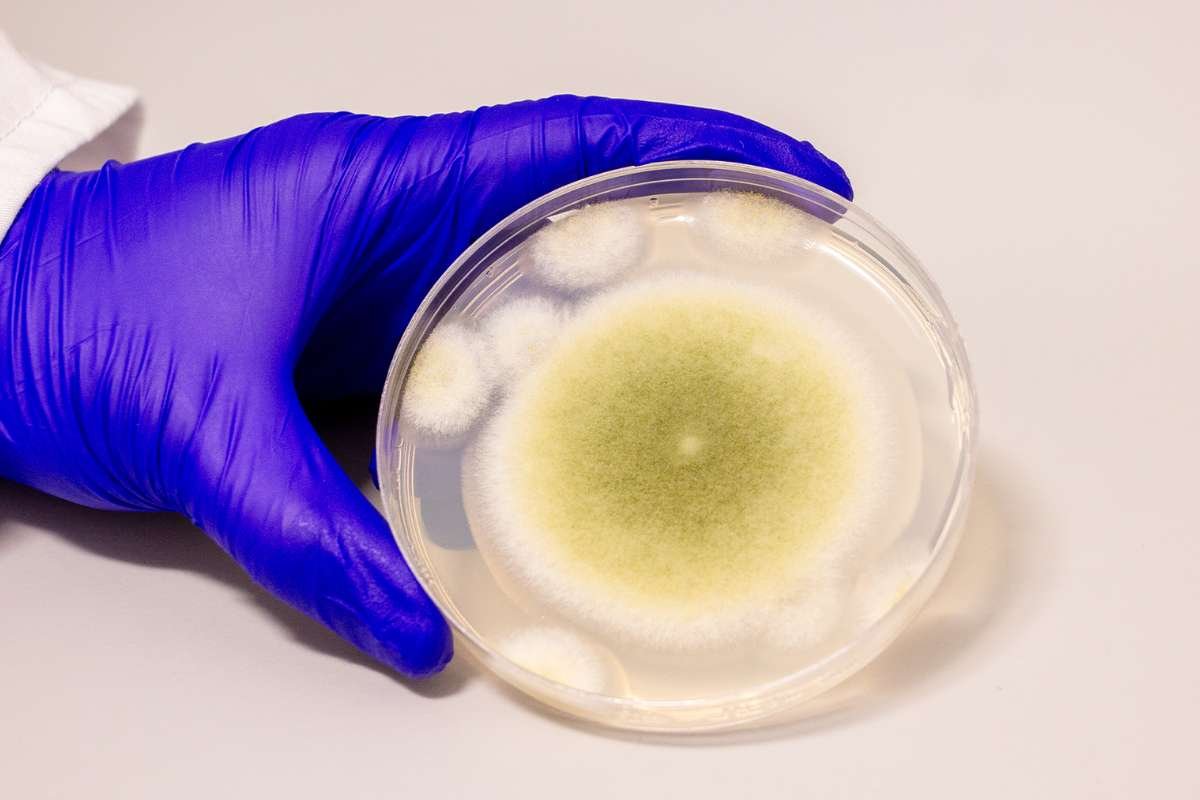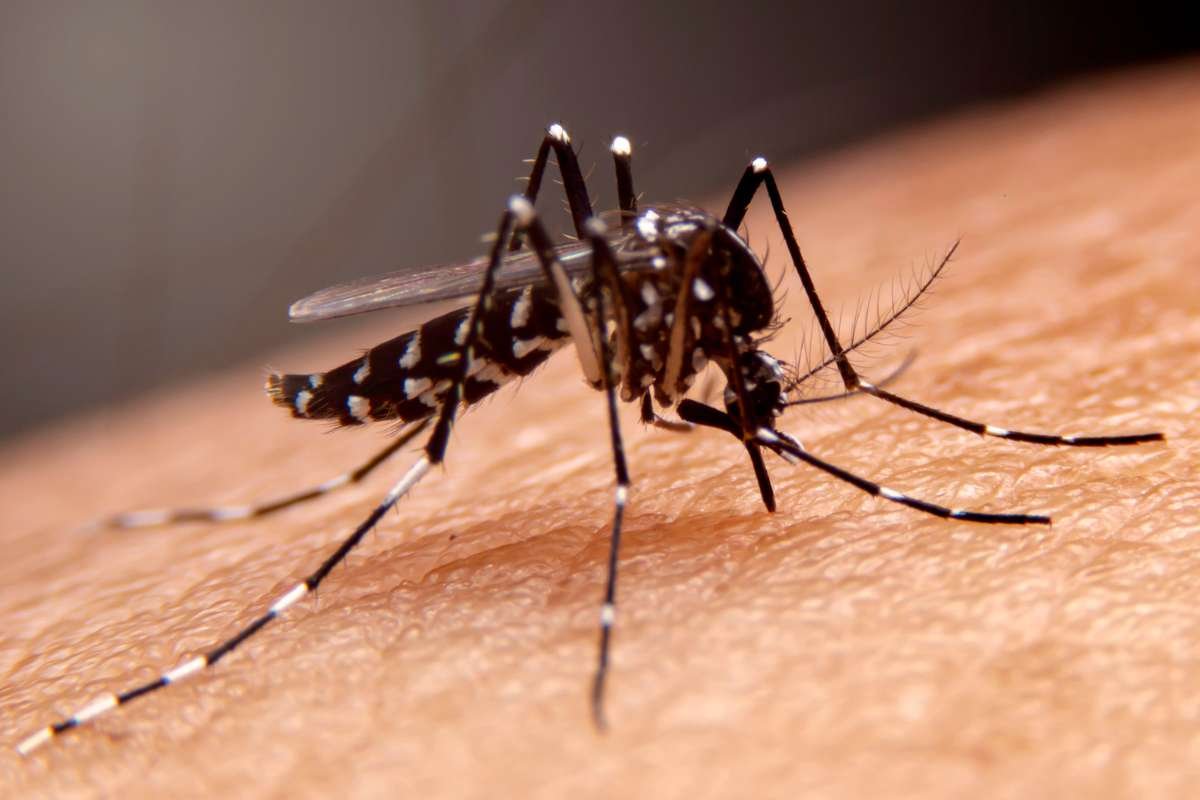Recent scientific findings suggest fungi may be capable of a rudimentary form of cognition, despite lacking a brain. As reported by BBC Future, researchers are increasingly intrigued by fungi cognition, including their ability to “learn,” respond to external cues, and exhibit decision-making behavior via their expansive root-like networks known as hyphae.
In one key study from Tohoku University, Japan, researchers observed the wood-decomposing fungus Phanerochaete velutina navigating between wood blocks. It repeatedly avoided areas already depleted of resources, demonstrating what some describe as “pattern recognition.” While experts clarify this does not equate to human consciousness, it hints at a distributed form of intelligence that challenges how scientists define thinking organisms.
This discovery is part of a growing movement to reassess the cognitive potential of non-animal life forms. While fungi cannot reflect or self-analyze, the complex adaptive behaviors observed in mycelial networks are fueling growing interest in fungi cognition, forcing researchers to reimagine intelligence as something not strictly tied to neural tissue.
From Curse to Cure: Deadly Fungus Shows Cancer-Fighting Potential
A separate study from the University of Pennsylvania is transforming the reputation of a long-feared fungus associated with King Tutankhamun’s tomb—Aspergillus flavus. Once blamed for mysterious deaths and known as the “Pharaoh’s curse” fungus, this toxic organism has now shown promise as a potent cancer killer.
Researchers extracted a group of rare natural compounds called RiPPs (ribosomally synthesized and post-translationally modified peptides) named “asperigimycins.” Lab tests revealed these compounds could kill human leukemia cells, with one variant showing effectiveness on par with current chemotherapy drugs like cytarabine and daunorubicin.
The breakthrough hinges on how these fungal compounds exploit a specific gene, SLC46A3, that helps smuggle therapeutic agents into cancer cells. Although still in the experimental phase, the discovery is being hailed as a possible step toward new treatments for leukemia and possibly other cancers. Clinical trials remain several years away, but researchers are optimistic.
Fungi Reimagined: From Underground Networks to the Edge of Medicine
These two studies collectively mark a significant shift in how fungi are perceived—not merely as sources of disease or decay, but as intelligent systems and medicinal goldmines. The cognitive-like behavior observed in fungi challenges traditional scientific boundaries between life forms. Simultaneously, the transformation of a deadly mold into a life-saving drug candidate illustrates the untapped potential of nature’s “dark matter.”
As researchers continue to dig deeper—both metaphorically and literally—into the fungal world, these discoveries could unlock new frontiers in both neuroscience and oncology, whether mapping intelligence in mycelial webs or extracting pharmaceutical agents from ancient tomb spores, fungi cognition and biochemical ingenuity are quickly becoming some of science’s most fascinating and useful allies.
Visit The Lifesciences Magazine to read more.







